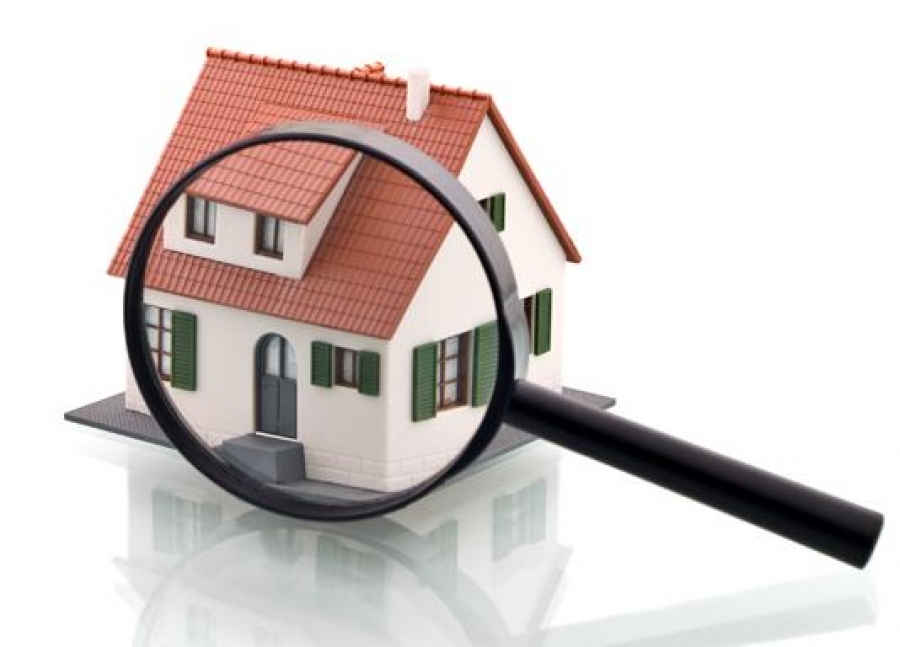Home inspectors really need to use only some type of equipment. Theoretically, an inspector could carry out an inspection complying with the InterNACHI Standards of Practice with only two types of elements: a flashlight and an electric tester, capable of testing differential circuit breakers (GFCI).
In any case, there is necessary equipment so that the inspector can carry out inspections safely.
Inspectors use many other types of equipment that allow them to offer a value-added inspection. Good examples of this are moisture meters and infrared cameras. Both allow inspectors to identify unacceptable conditions that they cannot do visually. Although the Standards of Practice do not require it, inspectors sometimes feel that the use of these tools can provide a more valuable inspection, with a competitive advantage in the inspection business.
Some types of equipment facilitate and accelerate the inspection process. A good example of this are the telescopic stairs. They are foldable and transported within a property with less risk of knocking on walls or furniture Infrared thermometers allow inspectors to verify records of cold / heat systems located in inaccessible places, such as under beds or large, heavy furniture.
Inspectors are free to use whatever equipment they choose, provided they comply with the InterNACHI Standards of Practice. Below are examples of equipment used in home inspections:
Electrical Testers
Inspectors use a wide variety of electrical testers according to their preference and according to how much they are willing to pay or can do so. Generally, more expensive testers can identify a greater range of defects than less expensive ones.
Voltage Indicator
This simple device is used to determine if there is voltage in a device or in a wiring. It is of limited precision and can show positive readings when there is no current in the house but there are no harmful levels of static current. It costs around US $ 10.
Moisture Meters
There are two main types, search and measurement types. In the search mode, high humidity levels hidden behind different materials, such as tiles or vinyl, can be detected. This function helps locate losses in hidden pipes in showers and bathroom floors. Search mode helps locate areas with high humidity levels but does not give a measure of those levels. In the measurement mode you can actually measure the humidity levels by touching it with both plugs. Some meters have the ability to search and measure. For more information you can check –
https://cozyhousetoday.com/best-moisture-meter-for-home-inspectors/
Half-mask and full-length respirators
They are suitable for respiratory protection, but not very comfortable, especially when it's hot. Many inspectors have their own but don't really use them regularly. It is important to have them available since there are certain spaces that can be dangerous to enter without respiratory protection. Some types of organisms can enter the body through the mucous membranes around the eyes.
Infrared (IR) cameras
They generate images using infrared radiation, similar to those generated by conventional cameras using visible light. Different colors correspond to different temperatures, so that an inspector can identify areas with abnormally high or low temperatures.
Microwave testers are used to verify that the microwave oven magnetron is working. Does not read microwave levels. Some inspectors use them. They cost less than US $10.
Telescopic magnets facilitate the recovery of fallen objects, such as screwdrivers inside an electrical panel. Some inspectors use them, and they cost around US $10.
Adjustable telescopic mirrors are easy to carry and useful for looking into areas of limited access, such as behind lining or endorsed, to confirm the presence of waterproofing membrane.







